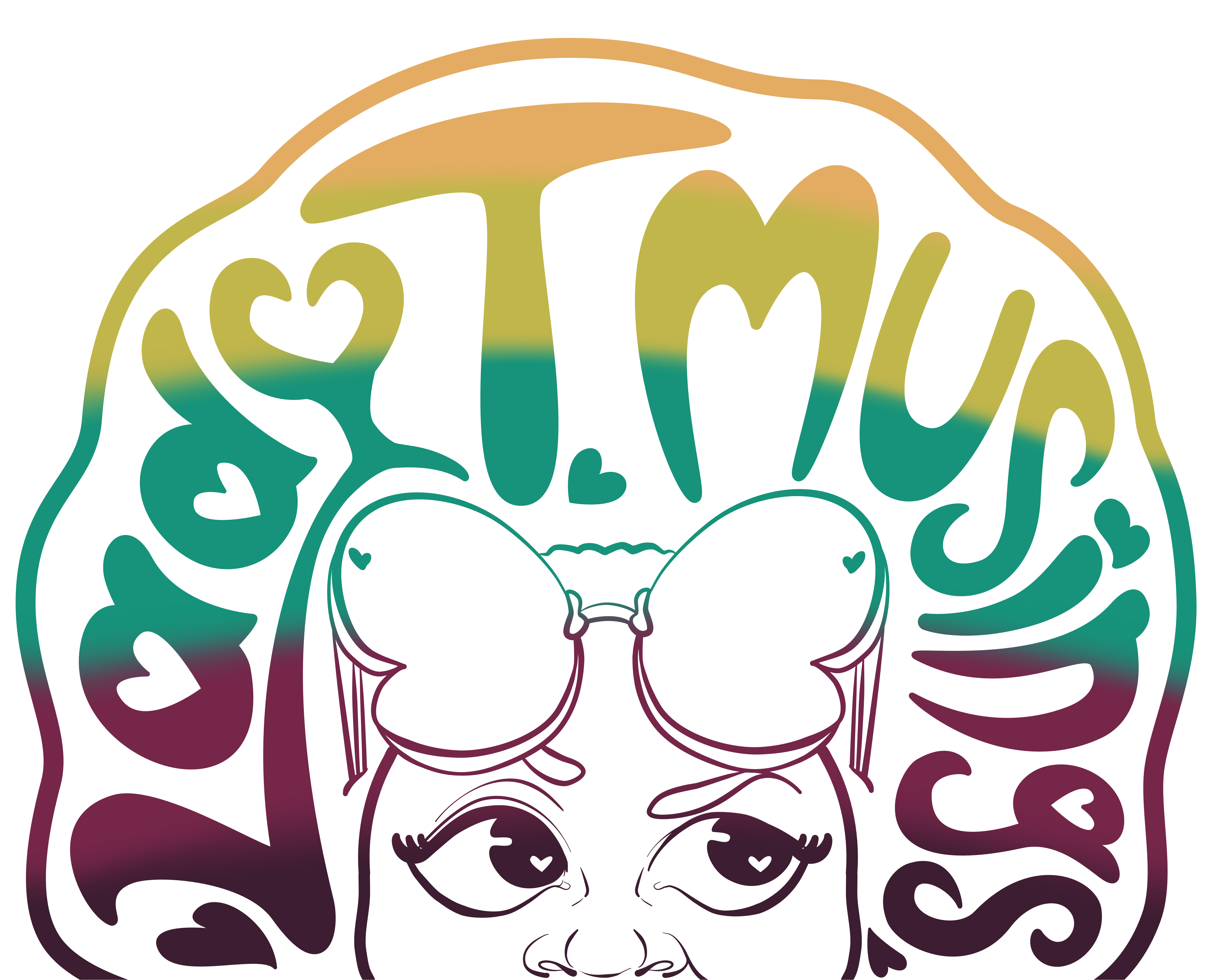Hey all,
I’ve touched on this topic a bit before in inspiration, but thought I’d go a bit more in depth.
I’ve been drawing for as long as I can remember, but looking back at my old sketchbooks, I didn’t start drawing characters that looked anything remotely like me (fat or black) until I was half way through high school. It got me thinking back to what caused the change. I realized the big shift happened after reading Sophie Campbell’s the Abandoned zombie horror comic. I picked it up after being surprised by the cover in the manga aisle of a Books-A-Million. The cover had a chubby black chick with a red mohawk, piercings, and a black eye. I was pretty floored and spent my food money to buy it (Worth it!). That comic changed my creative life and made me thirsty for my content like it.
I read and reread it multiple times and afterwards I tried to find anything else that she had done. I lucked out on her Deviant Art page where she had galleries full of character and creature designs with info on other comics she made!
Sophie’s art truly opened my mind to new possibilities on the types of characters I could create. I had never seen such a diverse cast of women being the leads of stories that were 100% up my aisle (Fiction, Fantasy, Horror & Sci-fi baby). She drew everyone so diversely from one another it kinda blew my mind. Tall, short, trans, skinny, fat, buck teeth, sunken eyes, disabled bodies, muscular, different races, and sexual orientations all represented and everything felt natural and just right. I was mad thirsty for more, but unfortunately there really wasn’t anything else like her at the time in my fields of interest that I could find.
After being down about not finding anyone else doing what Sophie was doing, I started to look to my own work. Yeah I know right! The power was in my hands all along, but Imma be real… the thought never occurred to me. I learned to draw from copying various cartoons and anime that I saw on tv (mainly dbz). If it didn’t exist in those shows, I didn’t have a frame of reference for it. After viewing my old sketchbooks I found I had 2 body types. Muscular and skinny bones lol. Then I took a look in the mirror and started drawing myself. Then I looked to my family and friends. Before I knew it, I was drawing all kinds of characters and started world building on my comic MagicalMashup!
It’s wild that I can pinpoint the exact catalyst that prompted the change to what I create now, but it was such a big eye opener that proved to me how important representation was for my developing creativity. If I hadn’t found Sophie’s work, I probably would have developed quite differently as an artist and that’s cray to think about. It makes me wonder about others and if there are those with similar stories, or not?
TLDR: Through creating stories featuring women of all shapes, colors, and walks of life, Sophie Campbell’s work helped me see that It was ok to create characters that looked like me and those around me (who most definitely don’t look like the average comic characters). This solidified to me that representation matters. Did you have a catalyst that got you thinking about what you were creating and why? In what ways has it impacted what you make now?


Diversity is the spice of life and I love spice!- Lady T.




